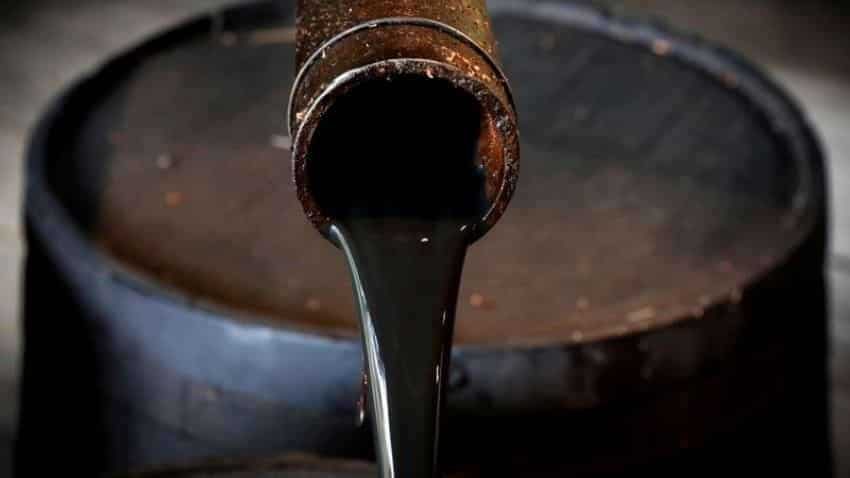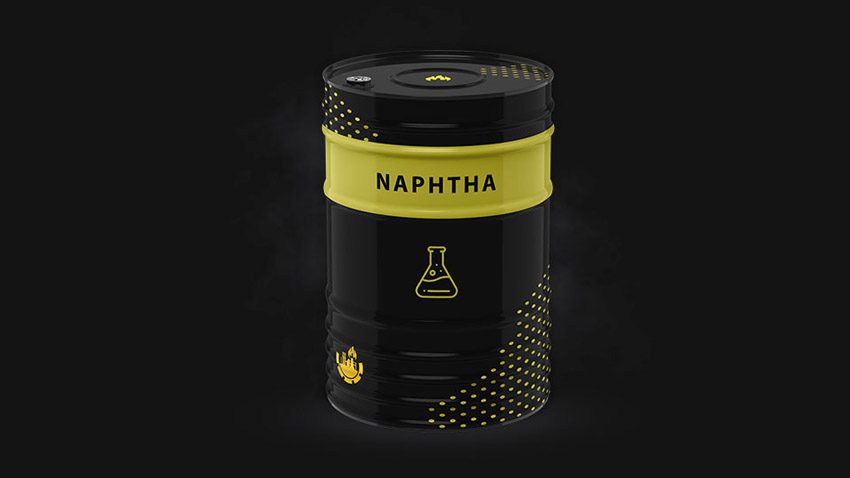WHAT IS DIESEL D2/EN590?
D2 describes the physical properties that all automotive diesel fuel must meet if it is to be sold in the European Union and Britain. Automotive diesel has national variants but the usual variants traded are EN590 and EN560 which are specified by ISO in Paris.
EN590 for diesel (in Europe) has been around for almost 20 years. However fuel, like most products, is subject to a process of continuous development – and that development includes responding to legislation. The EN590 standard has been amended many times since 1993.
The D2 had been introduced along with the European emission standards. With each of its revisions the EN 590 had been adapted to lower the sulphur content of diesel fuel. Since 2007 this is called ultra low sulphur diesel as the former function of sulphur as a lubricant is absent (and needs to be replaced by additives).
The quality of European diesel fuels is specified by the EN 590 standard. While these specifications not are mandatory, they are observed by all fuel suppliers in Europe. Automobile diesel EN 590 is intended for application in diesel engines. Diesel motor fuel quality meets the requirements of European Standard EN 590.
For operation in the conditions of a temperate climate following marks of fuel diesel automobile EN 590 are offered: Grade C – limiting filterability temperature -5 ° C; Grade D – limiting filterability temperature -10 ° C; Grade E – limiting filterability temperature – 15 ° C; Grade F – limiting filterability temperature -20 ° C.
The entire volume of produced diesel fuel quality meets the requirements for fuels for vehicles of Euro 4 and Euro 5. Low sulfur content in diesel EN 590reduces emissions of sulfur oxides into the atmosphere, which is especially important for for inhabitants of big cities.
Some of the important revisions of the EN 590 standard have been:
- EN 590:1993 – the first EU diesel fuel specification. It established a sulphur limit of 0.2% in on-road and non-road diesel fuels.
- EN 590:1999 – this standard reflected the sulphur (350ppm) and cetane (51) specifications by Directive 98/70/EC.
- EN 590:2004 – Sulphur limits of 50ppm (Euro 4) and 10ppm (Euro 5) as regulated by Directive 2003/17/EC. FAME (Fatty Acid Methyl Ester) content of 5% (B5)
- EN 590:2009 – FAME content of 7% (B7) as regulated by Directive 2009/30/EC. This directive also adopts mandatory biofuel requirements for refiners and introduces a 10ppm sulphur limit in non-road fuels effective.





